The Pivotal Role of Geomembrane in Fishponds and Ponds
Fishponds and ponds serve as crucial components of aquaculture and ecological landscapes, where water quality and bottom structure maintenance are paramount. In this context, geomembrane, an efficient and practical engineering material, plays an irreplaceable role.
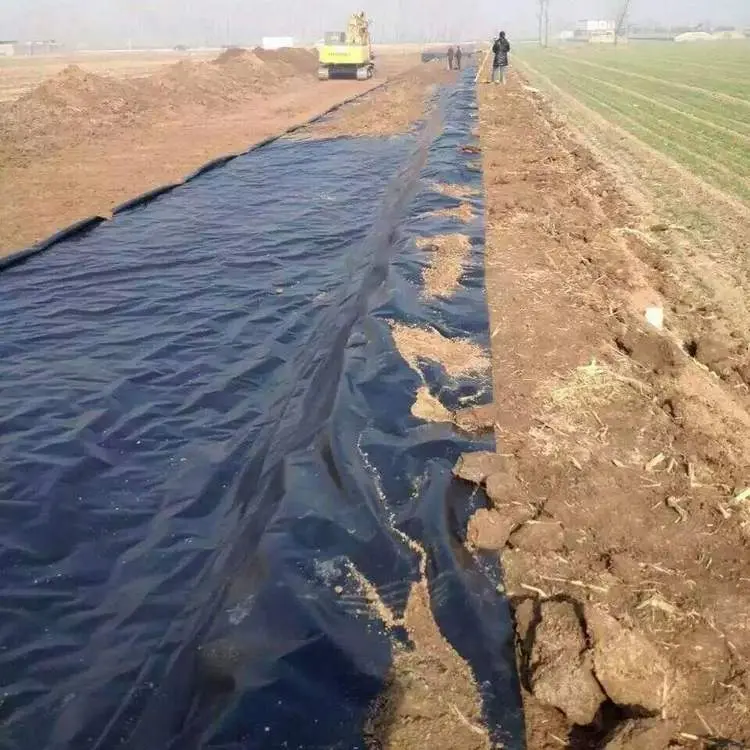
(pond construction site)
Firstly, the application of geomembrane in fishponds and ponds significantly enhances water quality management. The water quality of these water bodies directly affects the health and growth of aquatic organisms. Traditional pond bottoms often suffer from soil leakage and harmful substance release, leading to water quality degradation. However, geomembrane effectively separates the soil from the water, preventing harmful substances from entering the water, thus preserving the purity and stability of the water quality. This transforms fishponds and ponds into a healthier and safer environment for aquaculture, boosting productivity and efficiency.
Secondly, the use of geomembrane improves the bottom structure of fishponds and ponds. Traditional pond bottoms are often uneven, with the accumulation of mud and algae, which not only affects water quality but also increases the difficulty of cleaning and maintenance. The installation of geomembrane creates a smooth and flat bottom, facilitating cleaning and aquaculture operations. Additionally, geomembrane effectively suppresses the growth of algae and reduces the accumulation of mud, further enhancing water clarity and transparency.
Moreover, geomembrane exhibits excellent durability and stability. Made from high-molecular materials, it possesses strong tensile strength and corrosion resistance, maintaining stable performance under varying environmental conditions. This ensures a longer lifespan for geomembrane in fishponds and ponds, reducing the frequency of replacement and maintenance, and thus lowering costs.
However, despite the numerous advantages of geomembrane in fishponds and ponds, it is crucial to emphasize the importance of proper installation and usage. During installation, it is essential to ensure a tight fit between the geomembrane and the pond bottom, avoiding any leaks or damage. Regular inspections of the geomembrane's integrity are also necessary, with prompt repairs or replacements of damaged sections to ensure its long-term effectiveness.
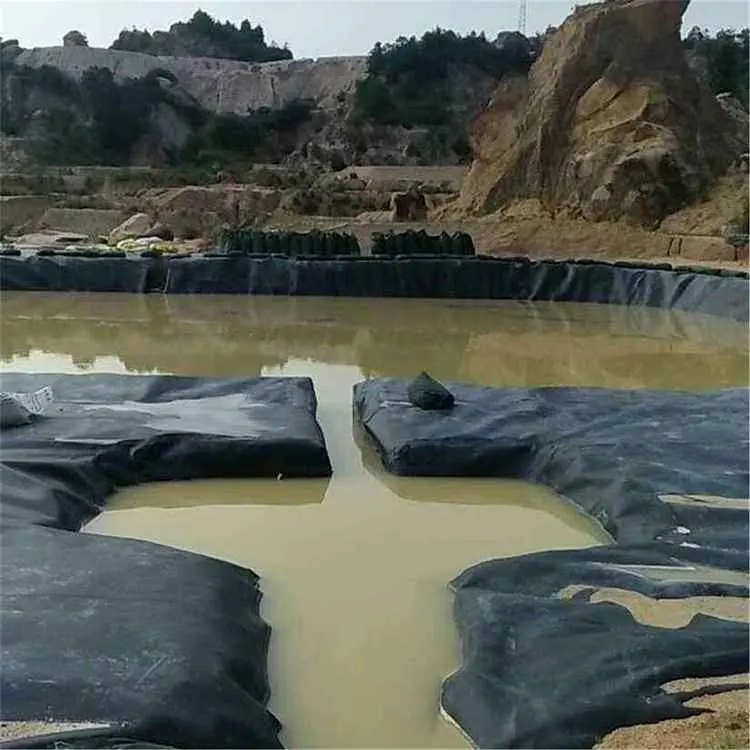
(Fish pond construction site)
In conclusion, the application of geomembrane in fishponds and ponds significantly contributes to water quality management, bottom structure improvement, and aquaculture efficiency. As a highly efficient and practical engineering material, geomembrane holds vast potential for further applications in the aquaculture industry. With continuous technological advancements and expanded application, it is anticipated that geomembrane will play an even greater role in various fields, bringing more convenience and benefits to our lives.
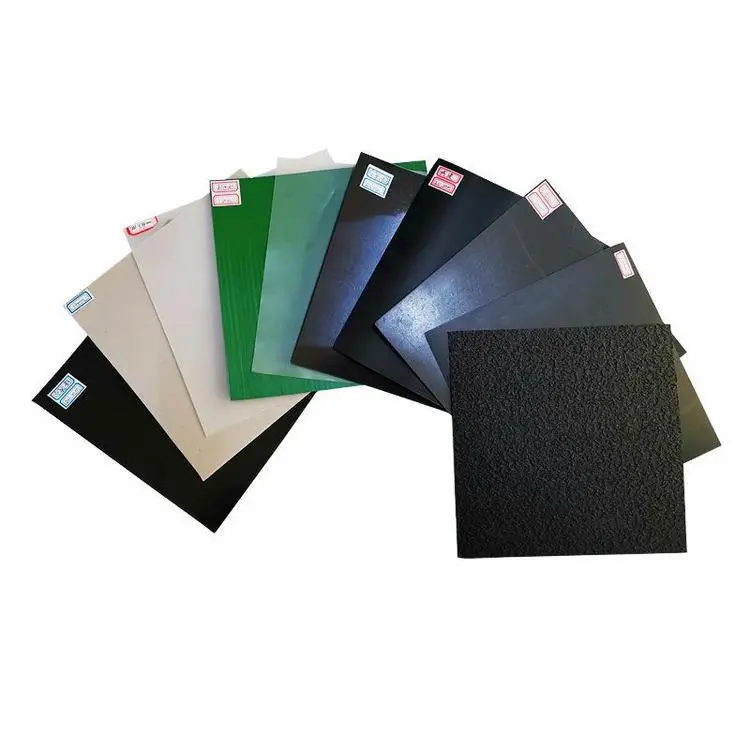
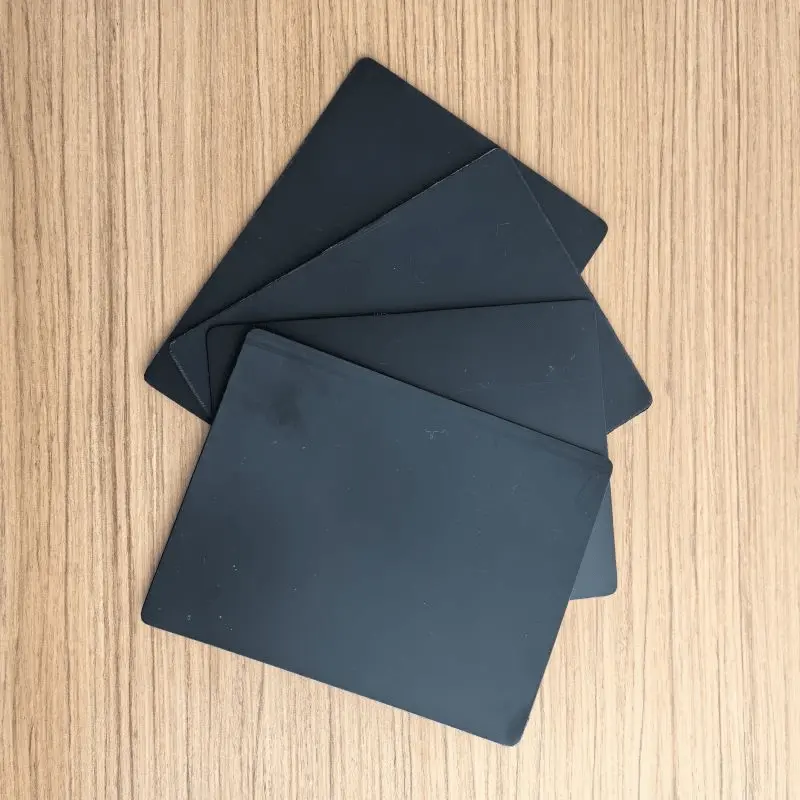
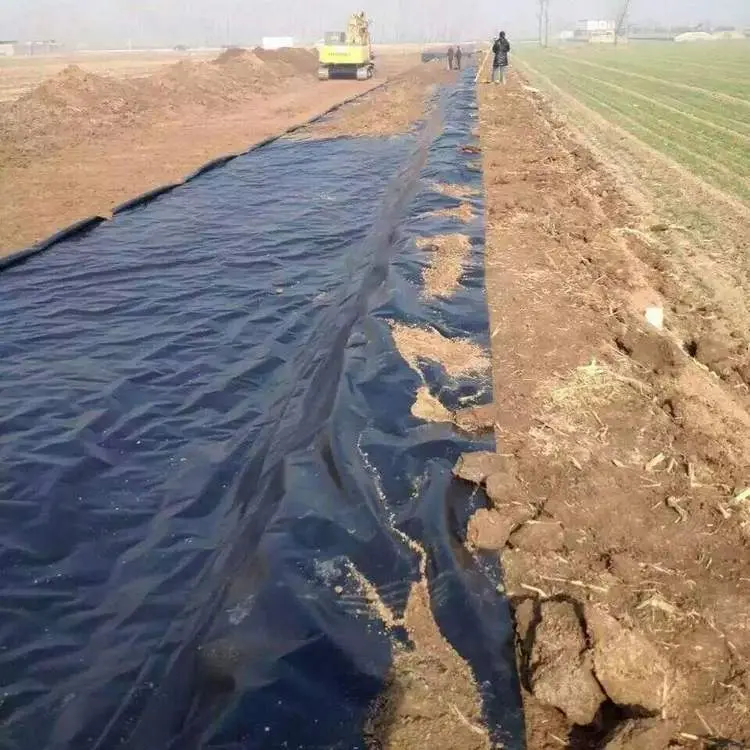
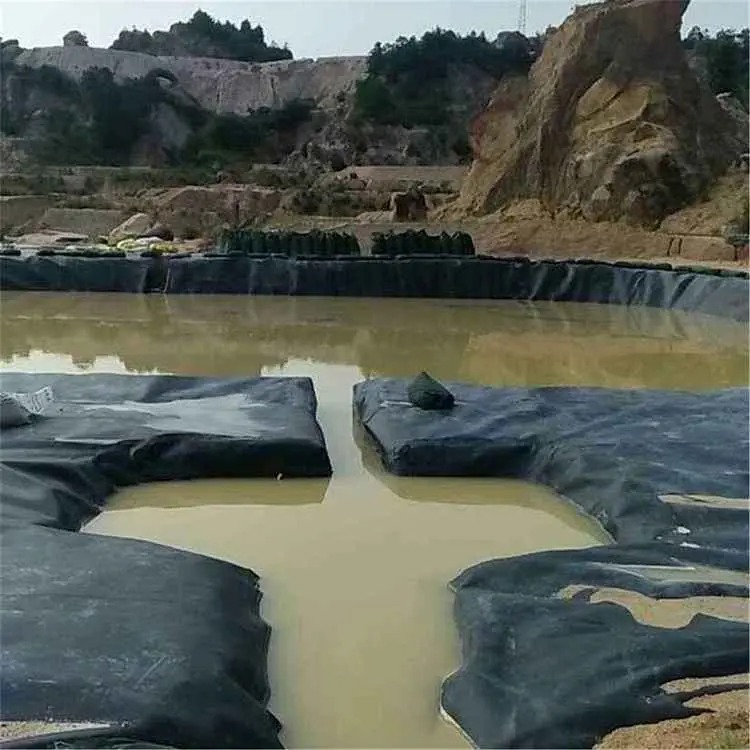
503.webp)
759.webp)
897.webp)
942.webp)
237.webp)